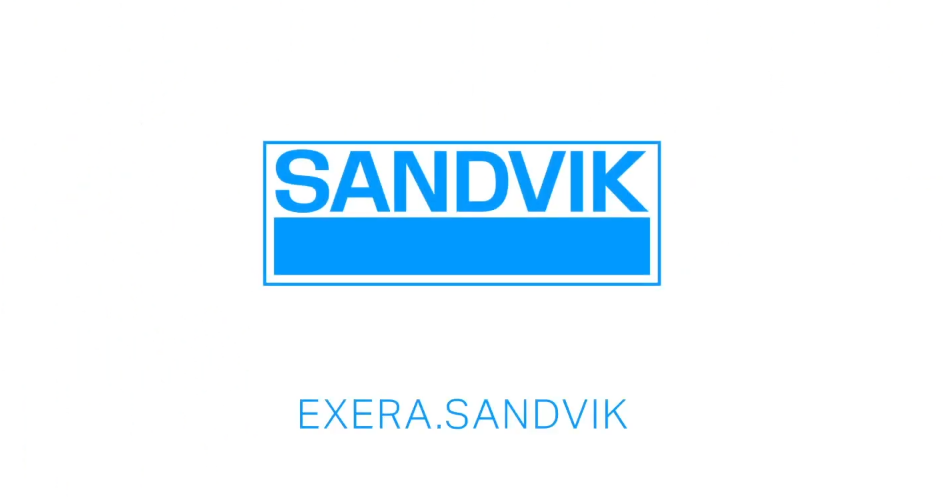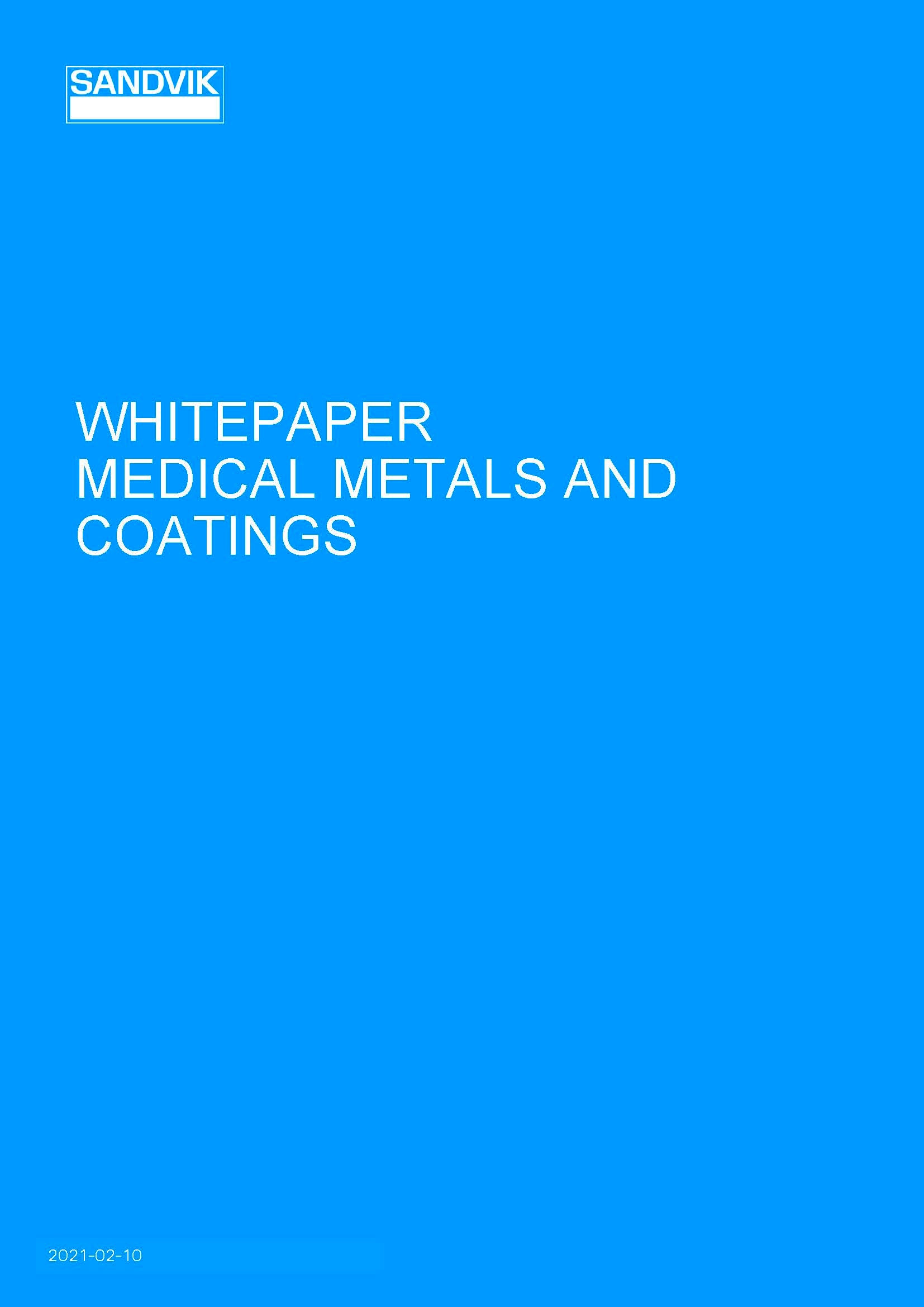
A key element of being a sustainable business is working with and supporting the community that you are a part of. For Sandvik, this includes helping schools across four states in India that are situated near Sandvik plants.
As part of a project to help improve the quality of education in five government schools in India, a “Sandvik Fellow” has been stationed at each location to help transform education in several key areas.
The transformation of the schools is focused on providing training and support. The Sandvik fellow helps to carry out a baseline test of each school and an action plan is designed for improvement.
Key areas that are addressed include supportive infrastructure (such as improvements to libraries, science/computer labs, water supply and playgrounds), creating gender equality, supporting learning methods (with a focus on languages and mathematics), safety (both physical and emotional), as well as innovation and technology, which includes exploring new techniques for teaching and technology immersion for both teachers and students.
On-going support is provided for implementing the plan, and direct support is offered to the teachers and senior staff. Every six months, the key areas are re-evaluated so that the plan can be adjusted if necessary.
The Sandvik Fellows project is part of Sandvik’s four sustainability goals to achieve by 2030, which includes regularly updated progress reports. The four goals comprise a circulatory (recycling) goal, a climate goal, a people goal, and a fair play goal.
Sandvik has been a part of community involvement and sponsorship across the world, with a focus on innovation, education and skills, and health and safety. In addition to the education project in India, community involvement has included Engineers Without Borders and supporting the Vasa museum in Sweden with restoration of the world famous wooden warship from 1628.
Visit Sandvik’s website for more information about the company’s sustainability goals and to find out more about their community involvement, or download the whitepaper below.



